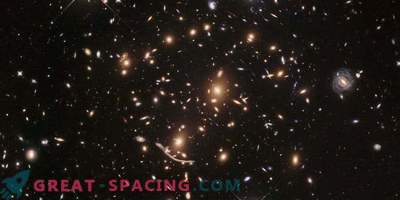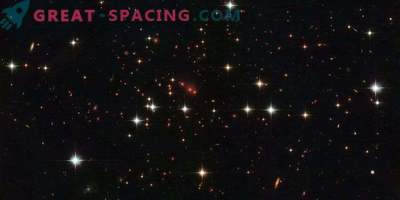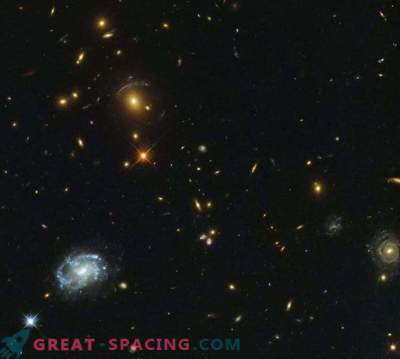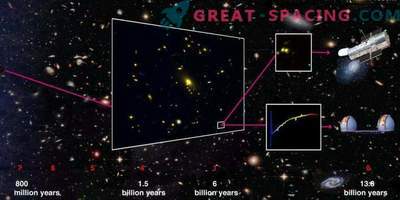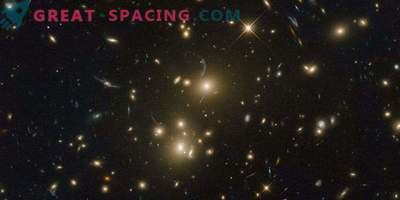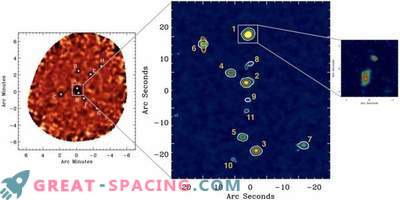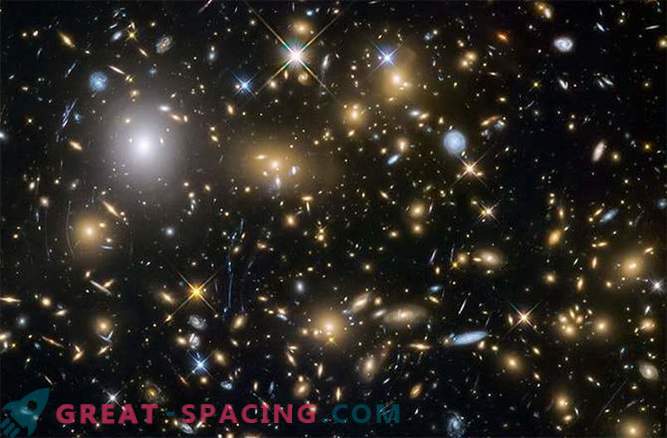
Thanks to its technical characteristics, the Hubble telescope showed the most profound picture of the universe. As a result, scientists were able to detect the very first galaxies that appeared just a few hundred million years after the Big Bang.
An international group of astronomers who own this discovery also confirms that these tiny primeval galaxies formed only 600 million years after the appearance of the Universe. They played a significant role in the formation of the cosmos, contributing to the purification of the Universe from hydrogen fog and, thus, making outer space transparent to ultraviolet rays.
These early galaxies allow us to look at the Universe very carefully and thoroughly at the very end of the mysterious period of reionization, which supposedly ended 700 million years after the Universal Explosion.
Sensational images of these distant galaxies were obtained due to such a phenomenon as the “Gravitational Lens”, which is formed with the help of massive galactic clusters.
“These are the tiniest and dimmest galaxies that have ever been observed through the Hubble telescope,” says astronomer Johan Richard, a scientist at the Observatory of Lyon, France. Observation of previously unseen galaxies was made possible by the program of boundary fields, in which Hubble works and in which a “gravitational lens” is used, which enhances the telescope's capabilities. Usually distant galaxies are visible only as lines, in rare cases like circles, for example, Einstein rings, in which galactic light is closed around a galactic cluster.
“Galactic clusters in the border fields act as powerful natural telescopes and thus help to detect those dull dwarf galaxies that were previously invisible,” adds co-author of the study, Jean-Paul Kneib, of the Federal Polytechnic School of Lausanne, Switzerland.
Although this revolutionary discovery occurred 25 years ago, since Hubble was launched in 1990, it still opens up new horizons for research.
“The Hubble telescope remains unsurpassed in its ability to“ see ”the most distant galaxies. The absolute depth of its boundary fields gives a very accurate picture of galactic clusters, which allows us to continue making similar discoveries,” concludes Mathilde Jozach, an astronomer from Durham University in the UK and University of KwaZulu-Natal, South Africa.
